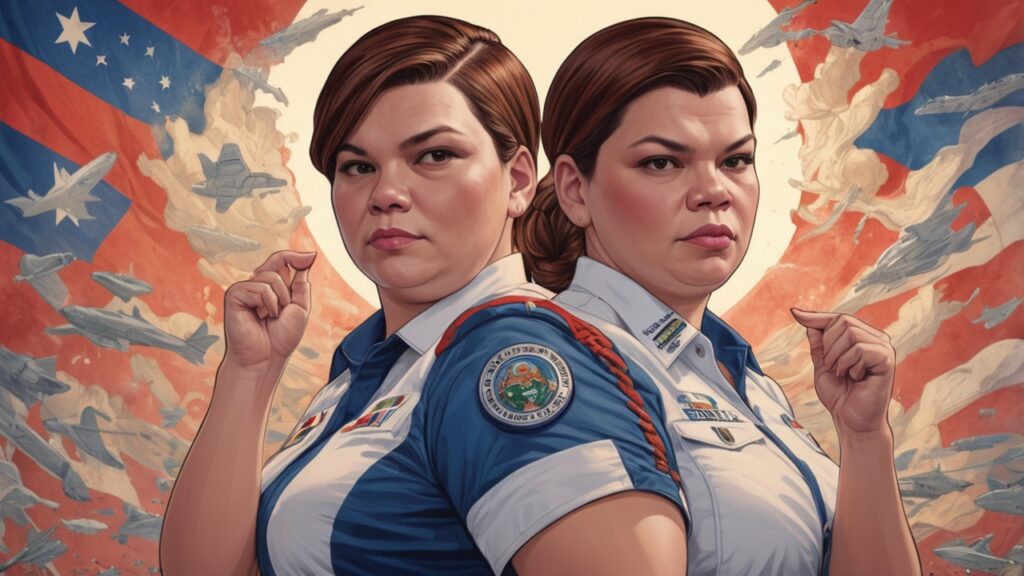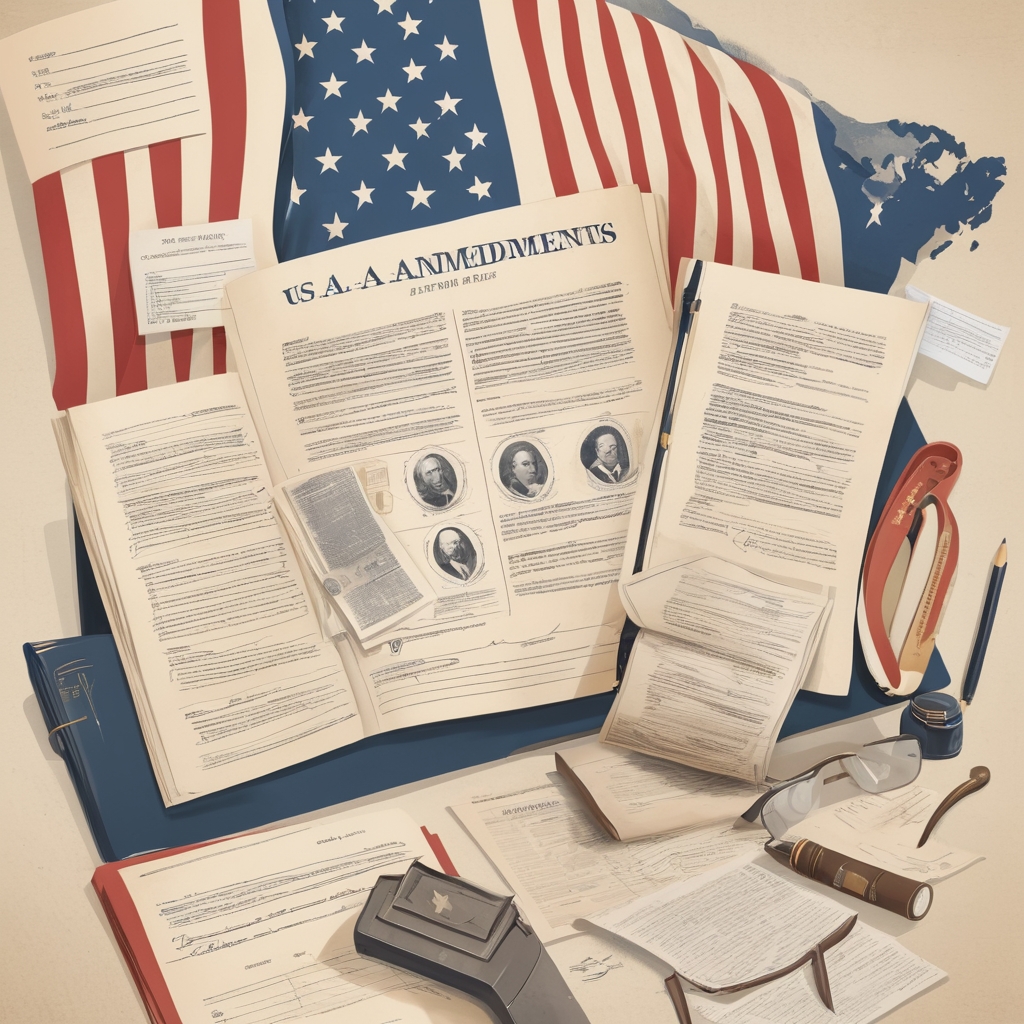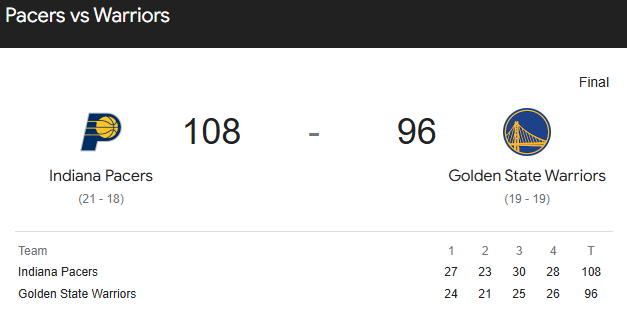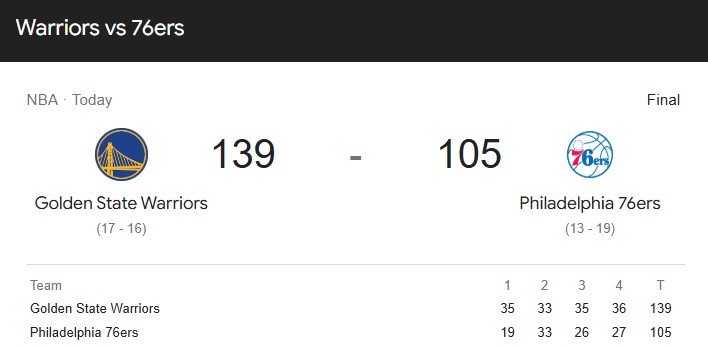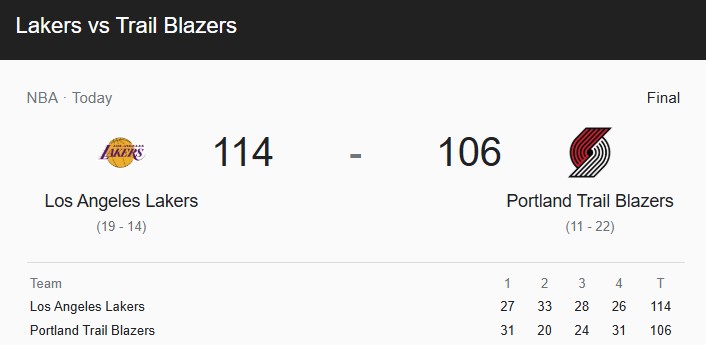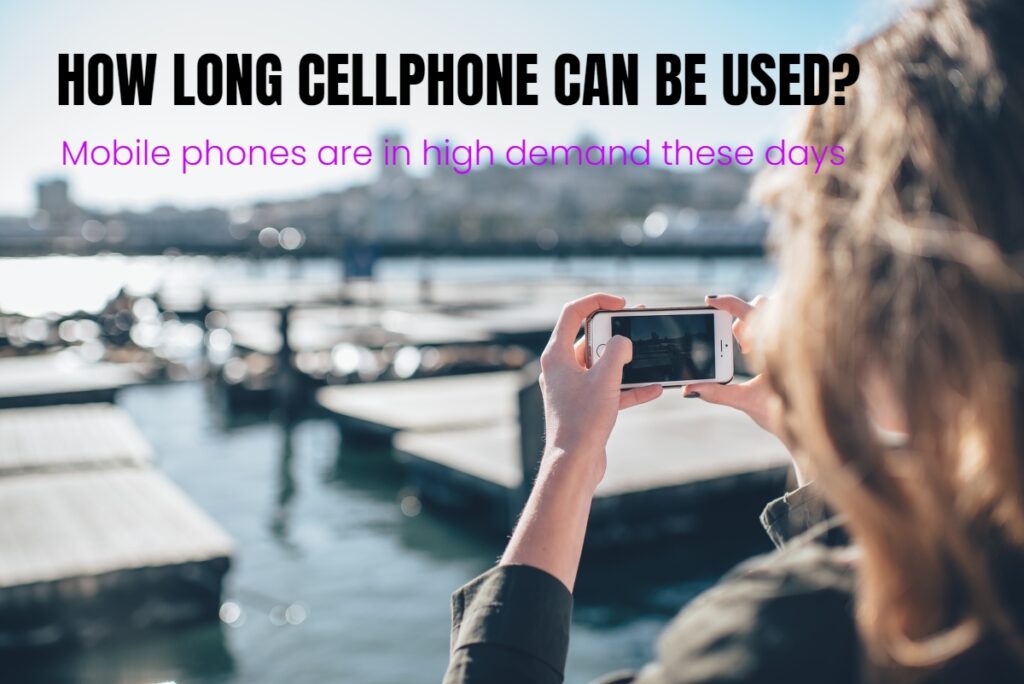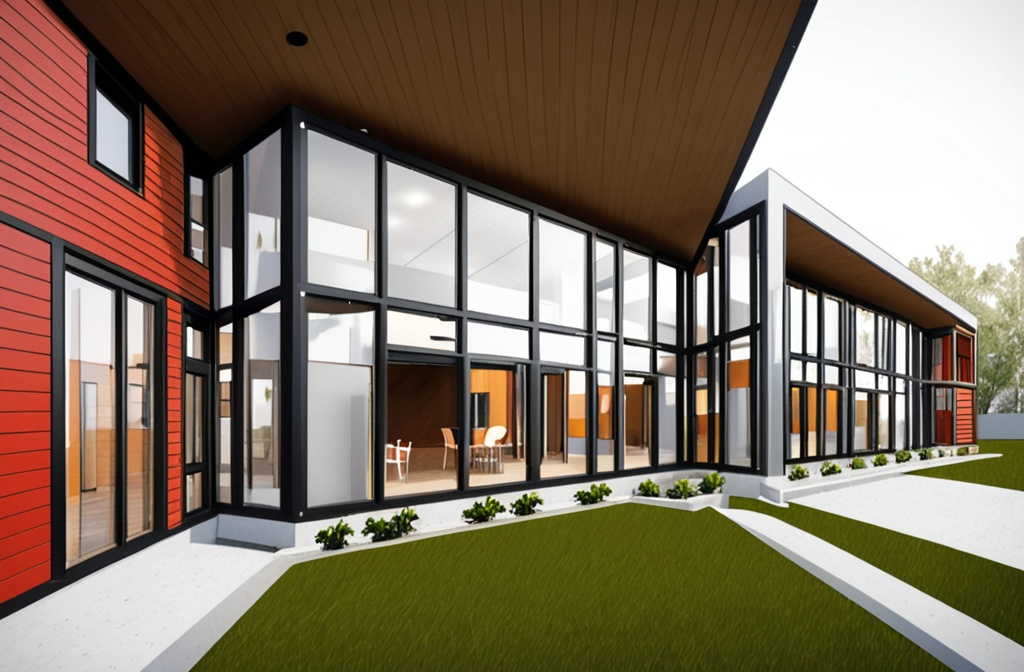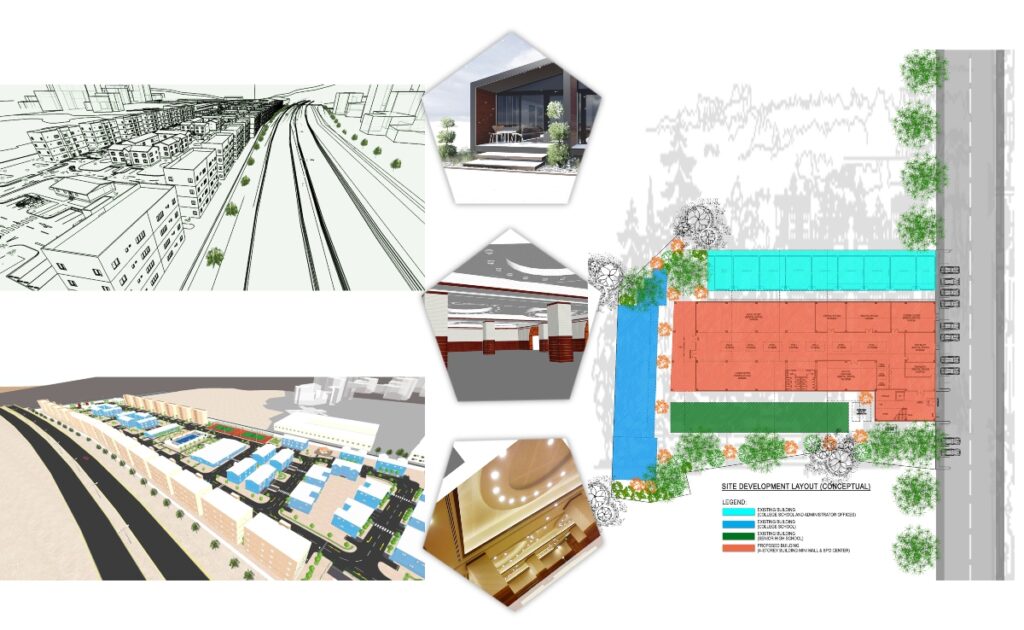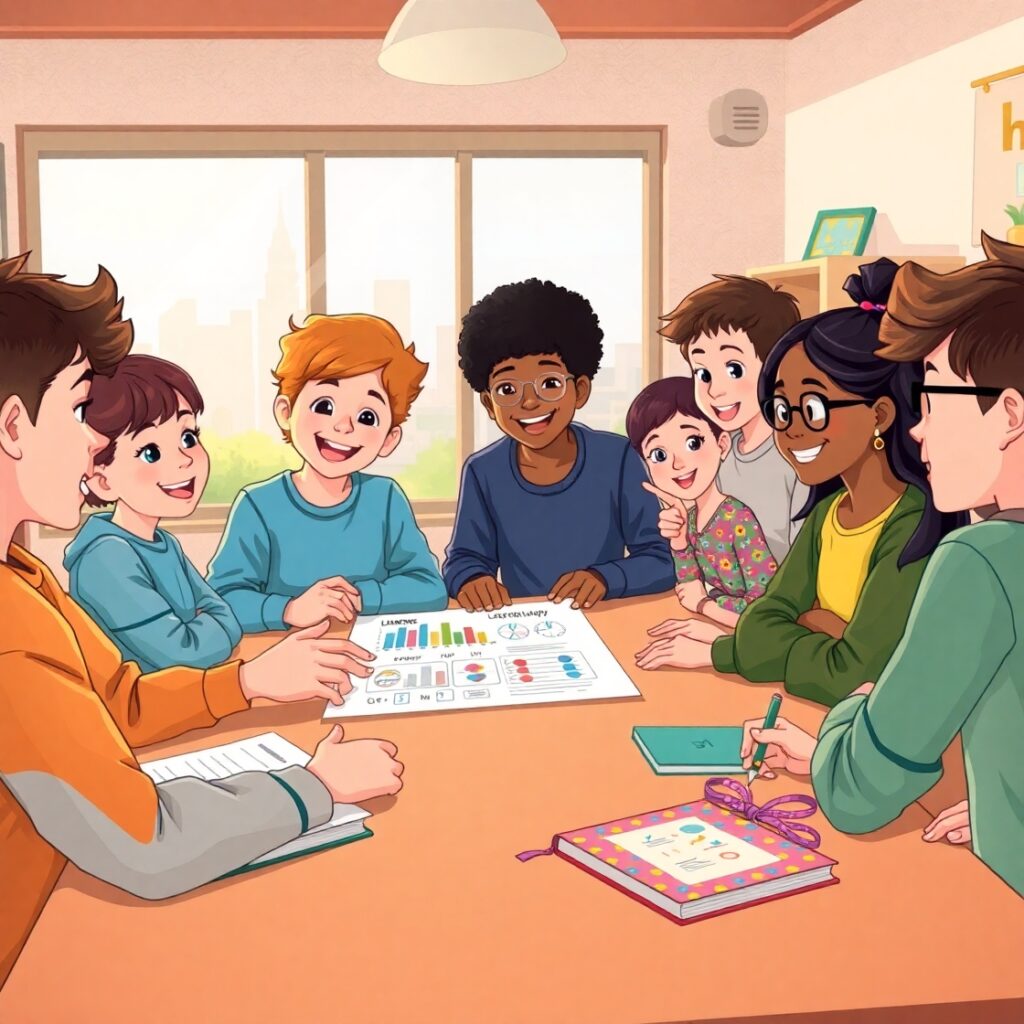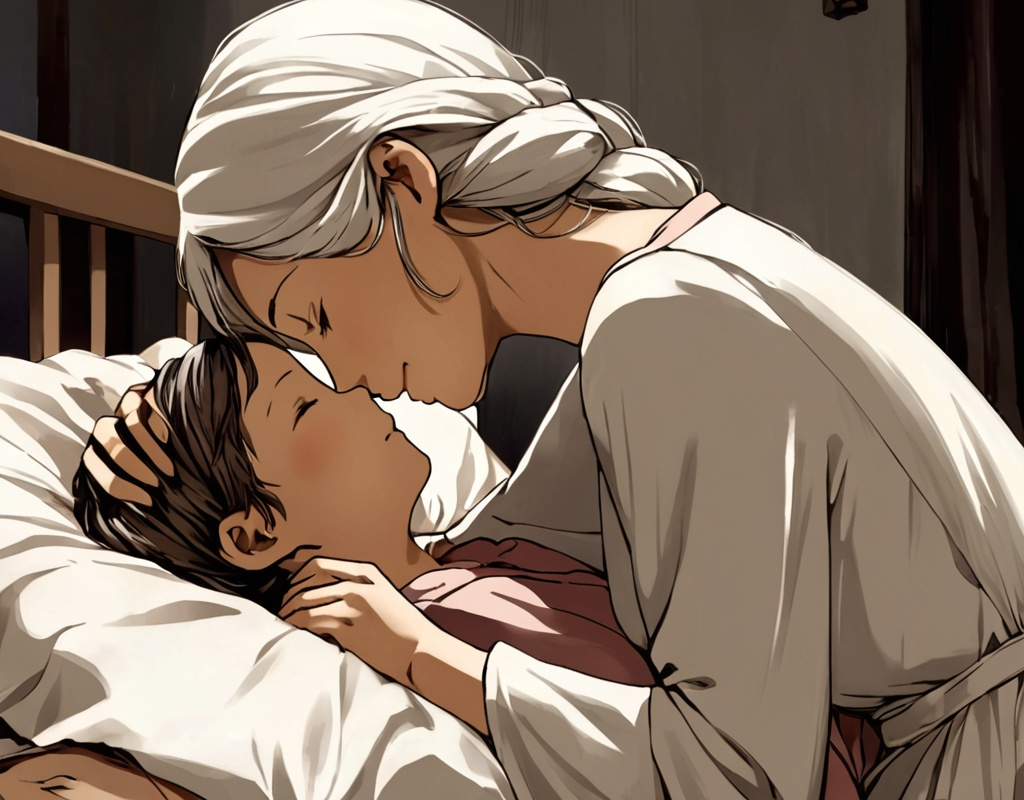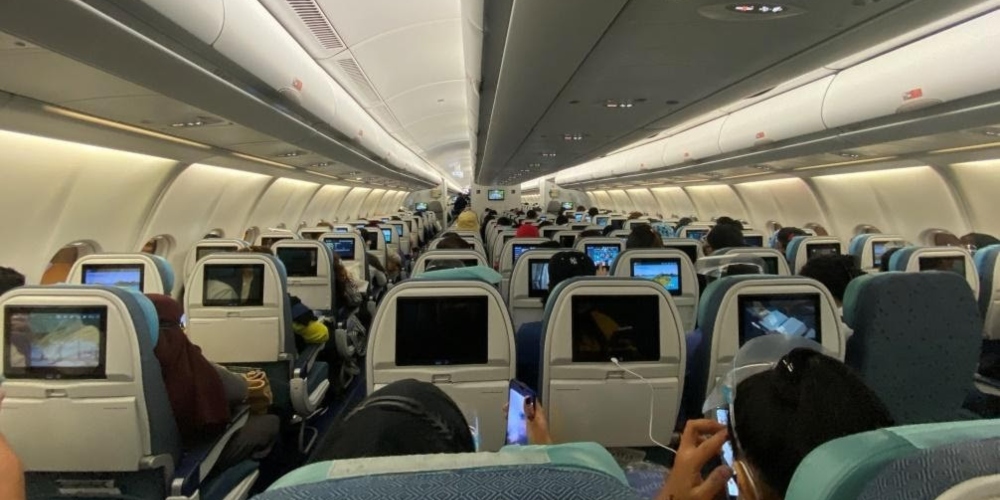- News
- Politics
It involves the negotiation, formulation, and implementation of rules, policies, and laws that determine how individuals and groups interact with one another and how decisions are made for the collective good.
LoadingPolitics7 months ago
Sara Duterte
Politics8 months ago
28 amendments
North America9 months ago
Jimmy Carter
- Sports
Adopting a sports-centered lifestyle can enhance physical fitness, mental clarity, and social connections. Whether you’re an athlete, a casual player, or a sports enthusiast.
LoadingBasketball9 months ago
pacers vs warriors
Basketball9 months ago
warriors vs 76ers
Basketball9 months ago
Lakers vs trail blazers
- Spotlights
- Lifestyle
- Technology
- Money
- Pearl of Wisdom
- More
- News
- Politics
It involves the negotiation, formulation, and implementation of rules, policies, and laws that determine how individuals and groups interact with one another and how decisions are made for the collective good.
LoadingPolitics7 months ago
Sara Duterte
Politics8 months ago
28 amendments
North America9 months ago
Jimmy Carter
- Sports
Adopting a sports-centered lifestyle can enhance physical fitness, mental clarity, and social connections. Whether you’re an athlete, a casual player, or a sports enthusiast.
LoadingBasketball9 months ago
pacers vs warriors
Basketball9 months ago
warriors vs 76ers
Basketball9 months ago
Lakers vs trail blazers
- Spotlights
- Lifestyle
- Technology
- Money
- Pearl of Wisdom
- More
Now Reading: 4 Problem-Solving Activities for Elementary Classrooms
-
01
4 Problem-Solving Activities for Elementary Classrooms
- News//
- Politics//
It involves the negotiation, formulation, and implementation of rules, policies, and laws that determine how individuals and groups interact with one another and how decisions are made for the collective good.
- Sports//
Adopting a sports-centered lifestyle can enhance physical fitness, mental clarity, and social connections. Whether you’re an athlete, a casual player, or a sports enthusiast.
- Spotlights//
- Lifestyle//
- Technology//
- Money//
- Pearl of Wisdom//
- More//

4 Problem-Solving Activities for Elementary Classrooms
storytosharedailyNews4 years ago194 Views
Critical reasoning exercises in the classroom educate kids how to draw in problems rather than becoming frustrated with it. Teachers have the opportunity to focus the appropriate ways of dealing to challenging situations, complex issues, and high scenarios.
The following are four exercises that specific educators should use to demonstrate logical thought to students. Encouragement of students to recognize alternative solutions requires an unique approach to problems.
1. Develop a realistic illustration
2. Make a conjecture
3. Patterns
4. Making a rundown

1. Develop a realistic illustration
One way is to instruct students to create a graphic representation of the scenario. Generally, this is a useful critical thinking skill. They will close their eyes and visualize the problem in their imagination. It may be useful to draw out the difficulty they see on a piece of paper.
Then, teach the students to discuss solutions for the problems. This should be achievable by thinking what could happen if one move is made or another move is made. By developing these visual objects, the student is totally involved and able to outline any possible complexities to their potential arrangement.

2. Make a hypothesis
Hypothesis s a suitable basic reasoning capacity. For those adolescents who are presumably not going to truly take an action yet are most likely going to sit and mull over until the right answer hits them, theorizing is a fundamental development in issue addressing. This methodology incorporates experimentation.Â
Possibly instead of advancing toward conjecturing as a response for issues (you needn’t bother with adolescents to figure they can for the most part figure), train that it is a way to deal with aggregate more data. In case, for example, they don’t ponder the condition to make a full decision, by hypothesizing, they can gather more real factors from the outcome and use that to find the right answer.

3. Representation & Plan
Notwithstanding if the issue relates to social conditions or in case it is something that has to do with science, plans are accessible. By training youths to look for plans, they can see what’s happening all the more totally.Â
For example, describe what a model is. By then, have the young person look for a model in the special circumstance. If the children are handling a mystery, for example, they can look for plans on time, spot or people to all the more probable amass real factors.

4. Giving examples
Another effective contraption is giving examples. Tell kids the best way to cause an overview of the whole of the contemplations they to compose right away. Conceptualizing is an extraordinary activity in any subject. By then, the child can work through the summary to sort out which choices are issues or not.
Related Posts
News10 months ago
Pursuit for Freedom And Happiness
Lifestyle4 years ago
New normal vacation for OFW’s
Previous Post
Next Post
Previous Post
Next Post
Lifestyle4 weeks ago
Luxury Lifestyle From Within
Asia4 weeks ago
Ways to Celebrate Saudi National Day
Lifestyle4 weeks ago
Luxury Lifestyle From Within
Food4 weeks ago
Growing Own Food
- 01
Lifestyle4 weeks ago
Luxury Lifestyle From Within
- Adventures 8
- Asia 6
- AutoCAD 19
- Basketball 3
- Best of 1
- Boxing 2
- Cover Stories 50
- Cultural 5
- Design Ideas 12
- Estimate & Samples 2
- Exterior 9
- Fashion 3
- Food 6
- Gallery 2
- Guide & Tips 6
- Health 5
- Health Tips 24
- Interior 13
- Lifestyle 25
- Lumion 1
- Luxury 5
- Money 5
- More 17
- New Normal 5
- News 95
- North America 2
- Pearl of Wisdom 31
- Poem 4
- Politics 8
- SketchUP 5
- South America 2
- Sports 5
- Spotlights 6
- Stocks 1
- Technology 3
- Tourist Spot 5
- Vacation Spot 10
- Work Abroad 11






